There was a Santa sighting at Sterling today! He’s getting ready!
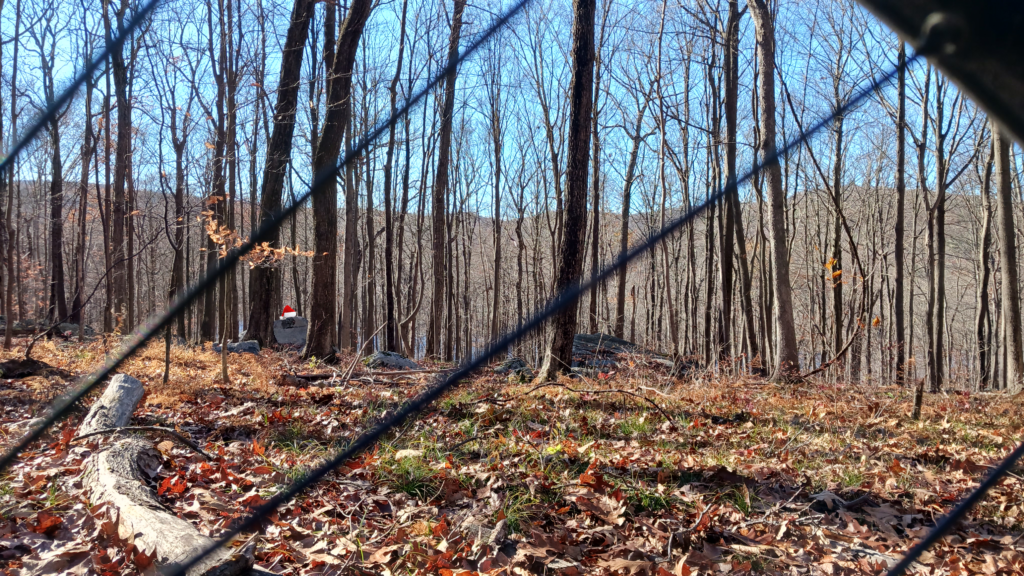
There was a Santa sighting at Sterling today! He’s getting ready!

Trail work at Stephens on Sunday was fun. Went to help out a JORBA crew. Got there and saw that NICA was also there. So all-in-all, more than 50 awesome people showed up!!! The energy of the people was the best.
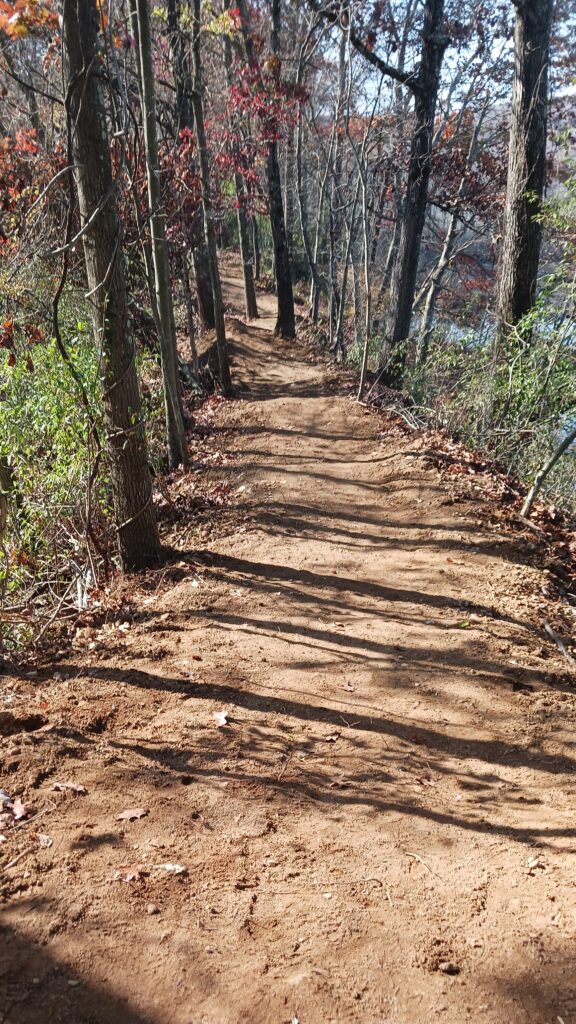
Here is my latest MTB review. For 3 days in a row, my friends and I woke up bright and early and rode at sunrise. To write these quick and brief reviews of the trails we rode, I’ll use songs to help me out.
The first day was a workday so I could only do a quick ride before work. That was at Gedar Crove. First time there! That ride felt like Christopher Cross’s “Ride Like The Wind” Lots of fast, flowy and punchy trails that are one foot on the edge of wilderness and the other foot on the edge of suburbia. Although I wasn’t on my way “to the border of Mexico” I did feel like I had “such a long way to go” not because I’m Outlaw Josey Wales or anything like that, but because I had to get in and out there quickly so I could make it to my day job on time. The only way to do that was to stay focused and “Ride like the wind.” It was unfortunate that we felt rushed, because there were a lot of nice features like skinnies and jumps that we passed up. So this trail goes on the places I have to go back to list.
The second day was Lewis Mörris. The trail reroute of the switchbacks to the more downhill trail is awesome! That ride felt like “Burnin’ For You” by Blue Öyster Cult. We all know Lew Mö is flowy like Zoë, but those uphills are murder! After 12 miles, I heard my legs sing out, “I’m burning, I’m burning, I’m burning for you.”
Third day was Sterling. This day was a little different, because in my mind, I split it into two distinct rides. The first is an in/out. We rode Augusta Mine/McKeags trails to the end and back a couple of times. 2 miles each way, plus sessioning a section that we really liked. That added up to about 10 miles or so.
The second is a 9 mile loop starting at Redback in the south facing direction, then Flow works north. Overall it was a lot of fun and so far these trails were like “Rock Hard, Ride Free” (Judas Priest), but then my muscles hit a wall on northbound Palisades 17 trail. Not a literal wall. More like a wall of muscles depleted of glycogen. After 19 miles at Sterling, my muscles just said “I’m done.” And that trail was like “Whipping Post” (Allman Brothers)
“Sometimes I feel, sometimes I feel,
Like I’ve been tied to the whippin’ post.
Tied to the whippin’ post, tied to the whippin’ post.
GOOD LORD, I FEEL LIKE I’M DYIN’
Happy riding friends
\m/
Amazon wanted to know if the UNICHE Bike Presta Valve Cap met my expectations. Boy did it ever!!! It may not look like much, but I’ve been saving up all year for this upgrade. In name it is a mere Presta Valve Cap, but in reality it is so much more than that.
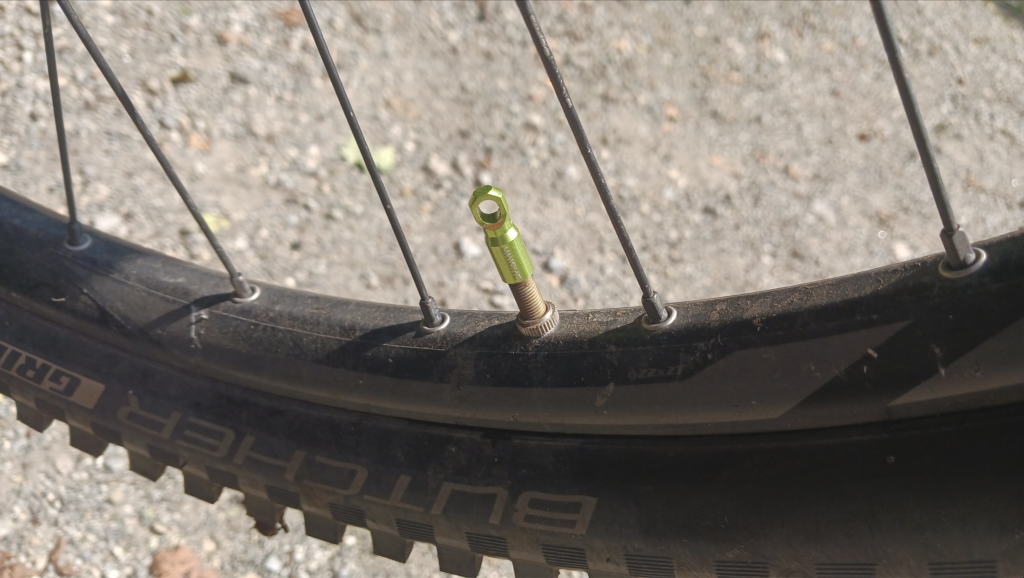
Because of the advanced aerodynamics of this part, it really changed the way I am approaching riding. I could feel the difference right away from the moment I fastened this cap to my bike’s valve stem. When riding up steep hills that I have struggled with so many times in the past, the streamlined contours of the cap seemed like it did all of the hard work for me. It didn’t just take the air that I was cutting into and displace it so it traveled the opposite direction behind me. It took that air, displaced it behind me, but then it actually wrapped around the bike, turned around and funneled that air directly behind my back, and then it went in the same direction as my travel and it actually pushed me forward*** (please see schematic engineering diagram below, which visually illustrates this concept).
Another advantage that I took note of is that it emits a sound frequency which is inaudible to human ears, but it fends off mosquitos, gnats, ticks and spiders. And that’s just with one cap on one tire. If you put caps on both tires, it doubles the volume of the pest control frequency and that repels black bears, bobcats, venomous snakes, hikers, dog walkers and whatnot. It is written in the owners manual that this nightmarish sound haunts the dreams of pests, so they are deathly afraid to go anywhere near it. When not riding, I will be wearing one around my neck.
Another advantage of this cap is the particular shade of green. There is nothing technical, mechanical or scientific about that. I just like the color green. Best $7.50 ever spent.
Here is a technical schematic that demonstrates the efficient aerodynamic properties of this advanced Presta Valve Cap.
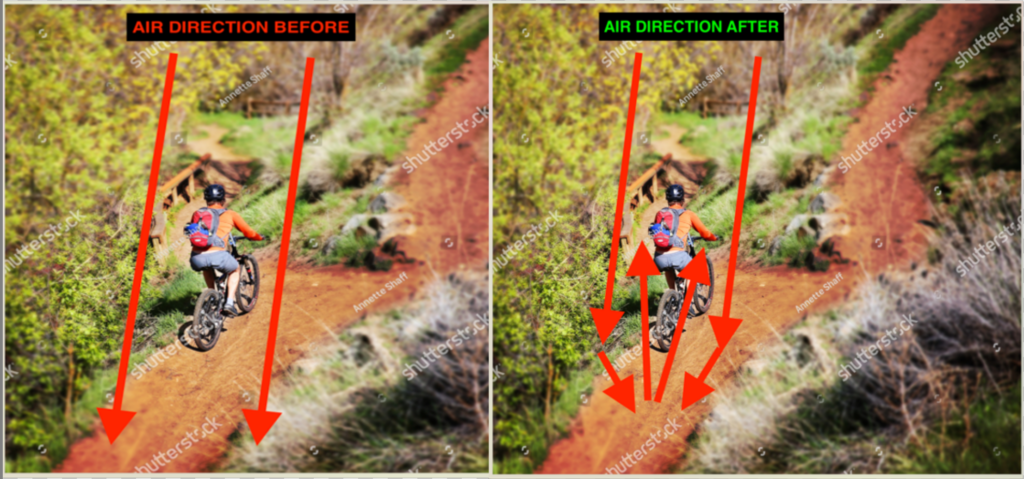
Helped build a new trial at Sterling today!

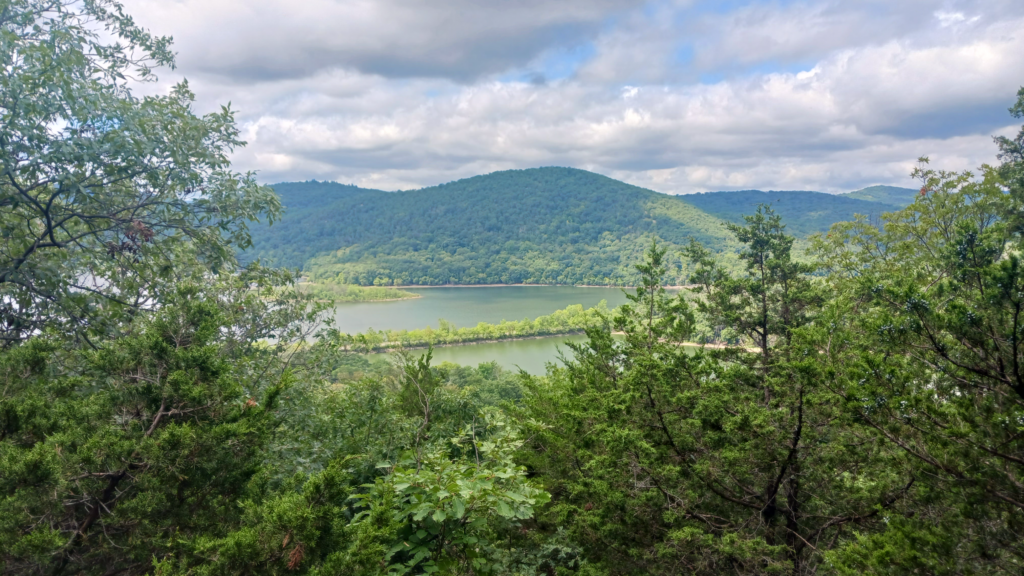
Woke up at 5:30 am and met some friends at Ringwood bright and early on Sunday. I think that last time I was at Ringwood was a MTB Festival back around 2018, so it’s been awhile. In one word – Awesome. But here’s a longer review.
Early that morning the rocks were slippery, so we decided to stay away from Skylands and Warm Puppy Rock Trails. We deemed it too risky for our comfort level. Speaking of comfort. Smack dab in the middle of Ringwood is a huge botanical garden with greenhouses that smell really good. The place smells like a flower shop and Easter Sunday. I have no idea what is is growing there, but whatever they are growing, it seemed to keep the mosquitos and gnats away. So whoever set that up, just wanna say good job to you! Back to the word “comfort” again, right next to the Botanical greenhouses there is a small building that has a sign that reads “Comfort Station”. Coming from a guy who rides Stephens a lot, this building seemed out of place so close to a mountain bike trail, but I gotta say I could get used that cushy life. This Comfort Station has CLEAN bathrooms with running water (cold and hot), a vending machine with food and beverages, and get this … a payphone with a dial tone that works!!! There is even a lobby with chairs to sit on. I was halfway expecting Alfred, Benson or Lurch to serve us hand towels, breath mints and lunch. If this place had a concierge it would almost be on par with the Ritz Carlton, but relative to what I’m used to, this is really a huge step up from the facilities at Stephens which happen to be zero.

In addition to the Easter Sunday fragrance that repels mosquitos, I’d like to give a special shoutout to whoever was shooting at the Thunder Dome Skeet Range. The percussive sound from the constant shotgun fire, works wonders to keep the skeeters and gnats away, which is why this is called a “skeet” range. What I love about Ringwood is that they hit the insects from all angles. If I was a mosquito, the smell from the botanical garden would keep me away, but with the additional layer of protection from the the shotgun range, I’d be too scared to procreate thousands of baby mosquitoes.
If you want to mountain bike ride through an outdoor museum, or ride through a place that’s several dimensions better than Hayden Planetarium 3D Space Theater (because it hits you in more dimensions than just 3D) than you need to ride Ringwood. It delivers beautiful sights, intense sounds, mysterious smells, pleasant comfort and magical downhills. All you have to do is show up and pedal!
The moment I stepped out of my car at Kinney Road, we were swarmed by tens of thousands of mosquitos, gnats and other assorted flying insects. They followed me and my entourage around the lake, over the mountain, through the woods, over brooks. Every rock garden, every jump, every rock roll – they were there. They followed our every pedal stroke for the entire 13 mile journey. I never felt so loved in my life. I don’t want to disappoint these die-hard fans. I’ll be back soon.
One of my friends said “Charlie your entire head is surrounded by a cloud of gnats.” I turned around and looked at him, and his head was also surrounded by a black cloud. So I just busted out laughing!!! We both looked like that Pig-Pen character in Charlie Brown. Then he said, “I can’t see in front of me. My eyes are blurry. I think I need glasses.” I’m like, Dude your eyes are fine. It’s the cloud of fans that’s following you around, obscuring your vision. Their love is so unyielding, they only want you to see them and nothing else. That’s why they say, Love is blind. Their love is so undying, relentless, that nothing could hold them back from their heart’s desire.
Inhaling them is inevitable. On the one hand I want to put a screen mesh over my face. On the other hand, it’s a free electrolyte snack!
Went to Sterling on Sunday. My friend who I was riding with, didn’t want to do the usual loop. He wanted to spend the day finding features and sessioning. So that’s what we did. I haven’t done a sessioning day in awhile. I gotta say, it was a lot of fun. Best part of it was, at the beginning of the day my friend could not ride large rock rolls; but after showing him he could do small rock rolls, then medium rock rolls, by the end of the day he was rolling down large rock faces. That made my day.
On very hot and humid days, I put a frozen 16 ounce bottle of water in the bottom of my camelbak and another bottle on top. In the middle is the bladder, filled with water that has been in my fridge overnight. Sometimes I’ll even throw in a tray of ice cubes into the bladder. Then I go riding with ice cold water, and for me, that helps keep me cool. What do you do to cope with the heat?
Did trail work at Stephens on Saturday. Every time I do TM, it’s always oddly mentally satisfying and physically invigorating. Then on Sunday I rode at Lew Mo and found acres and acres of tasty fresh raspberries. It’s like the wallpaper in Willy Wonka’s factory!

I should mention to anyone reading this, to get to the field of raspberries, you have to hike 13 miles up a steep trail that is lined on either side with spikes that have impaled the skulls of trespassers. If you get past that, then you need to climb up a 200 foot cliff and then rappel down the other side, cross a moat that is guarded by angry bears and mountain lions. Pick at your own risk!
When I am confronted by such dangers in the vicinity of Lewis Morris and Jockey Hollow, I ask myself, “What would Temperance Wick do!”
